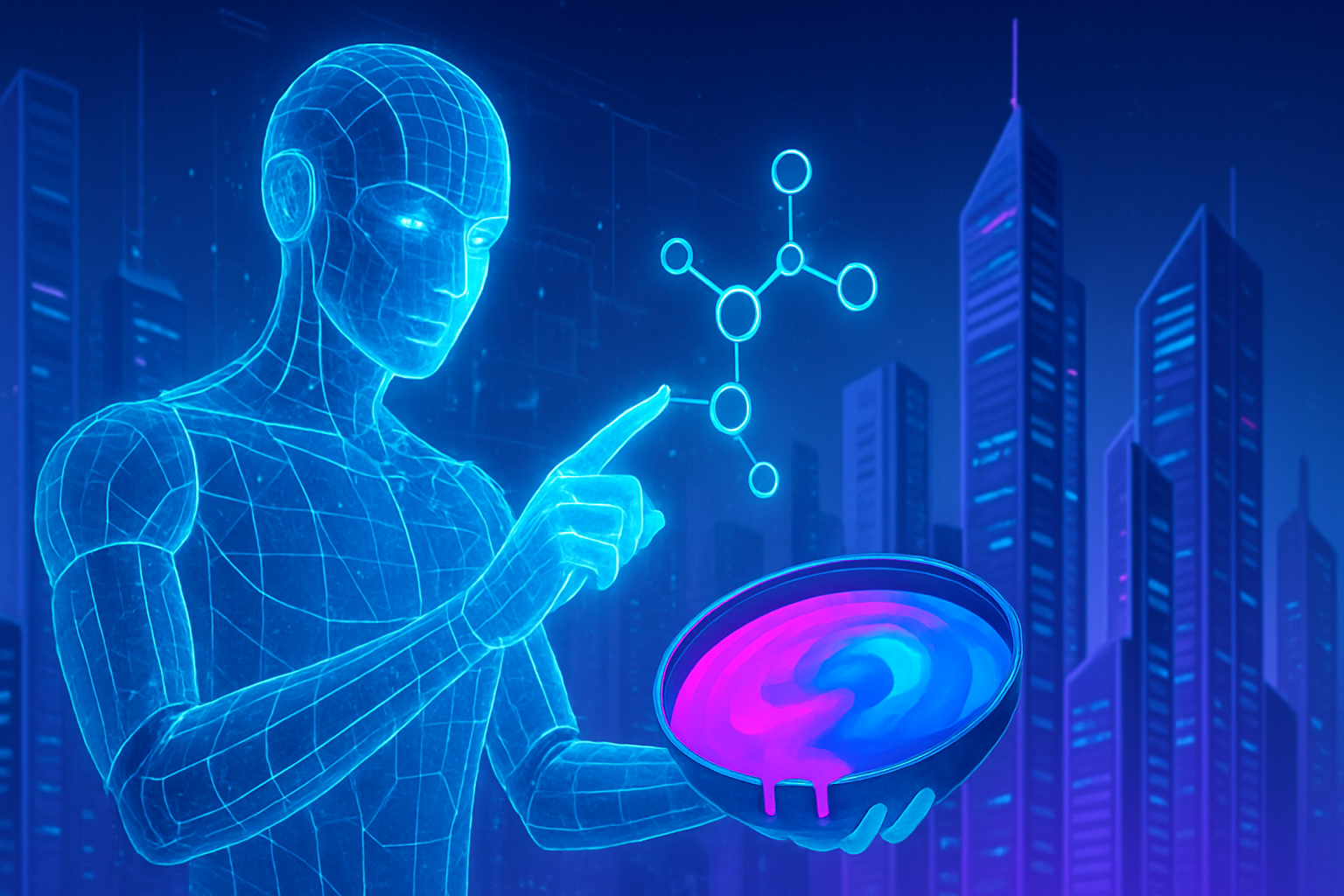An innovative platform for AI learning
A significant advancement in the field of artificial intelligence (AI) emerges with the development of a platform that allows AI to improve through constant and nuanced human feedback. This method replaces the traditional approach based on massive data sets, offering a learning experience more akin to that of humans.
Two decisive steps in the learning process
The learning process revolves around two fundamental steps. The first step, human guidance, allows trainers to observe AI actions in real-time while providing continuous feedback. This feedback is anchored in dense step-by-step rewards, integrated with environmental rewards. Meanwhile, researchers have developed a human feedback simulator, which utilizes state-action pairs to adjust the feedback values.
The second step, known as automated guidance, involves the trained simulator replacing human intervention, continuing to refine the learning policy. This approach thus reduces the efforts required from humans and lightens their cognitive load.
After the instruction: effective learning
In a recent study, this platform named GUIDE was tested within an interactive game of hide-and-seek, where one player must track another. The actions of the AI and search strategies benefitted from precise human feedback. This process showed that a simple human intervention for just ten minutes could improve AI success rates by up to 30% compared to traditional methods.
A more productive human interaction
The GUIDE platform enables trainers to use a more nuanced feedback scale. Rather than being limited to assessments like good, bad, or neutral, participants can indicate their level of satisfaction by moving a slider on a graded scale. This new method enhances learning efficiency by providing more precise feedback.
Causal implications on the effectiveness of AI learning
The experiment involved a sample of fifty participants without specific training or expertise. The research highlights that evaluation by a trainer requires only a short period of interaction. By recording human contributions, the researchers created an AI training simulator that continues to optimize performance without constant human intervention.
Individual differences among human trainers
Cognitive tests administered to participants revealed variations in instructional effectiveness based on several skills, such as spatial reasoning and decision-making speed. These findings pave the way for potential targeted training to refine human trainers’ skills, thereby increasing the quality of feedback provided to AI.
Future perspectives for AI development
The research also aims to integrate diverse communication signals, such as language, facial expressions, and gestures. The goal is to establish a more comprehensive learning framework, where AI benefits from varied human interactions. The laboratory’s mission remains focused on creating next-generation intelligent systems capable of effectively collaborating with humans to solve complex problems.
By integrating human feedback into the learning process of AI, researchers strive to optimize the autonomous functioning of artificial intelligences in unpredictable environments. The project aims not only to improve AI understanding but also to foster a harmonious collaboration between humans and machines to address crucial contemporary issues.
User FAQ on optimizing AI with constant human feedback
How does an AI platform based on human feedback rather than large data sets work?
This platform allows AI to learn from continuous and nuanced human feedback, instead of relying solely on pre-recorded data. It facilitates real-time interaction, where users can guide the AI’s decisions, thereby enhancing its learning.
What are the benefits of real-time human feedback for AI learning?
Real-time human feedback enables quick adaptation to changing situations and provides granularity in learning, helping AI develop skills closer to human-like capabilities, such as decision-making in dynamic environments.
Can all AI platforms benefit from this type of learning?
No, not all AI platforms are designed to integrate constant human feedback. This model requires a specific architecture that promotes real-time interaction between AI and the user.
What types of human feedback are most beneficial for training AI?
Nuanced feedback, which addresses not only simple responses like “good” or “bad,” but also detailed comments on the AI’s performance, strategies, and behaviors, is most beneficial for effective learning.
What is the optimal duration for human feedback sessions to maximize AI learning?
Short feedback sessions, often around 10 to 20 minutes, are usually sufficient to have a significant impact on AI performance, allowing for continuous improvement without tiring the users.
How can the effectiveness of an AI platform using constant human feedback be evaluated?
Effectiveness can be assessed through performance metrics, such as the AI’s success rate in specific tasks before and after human feedback, and through qualitative observations on how the AI adapts to human instructions.
Do users need technical knowledge to provide effective feedback to AI?
No, users do not need in-depth technical knowledge to give effective feedback. The system is designed to be accessible, allowing everyone to contribute to AI learning without prior expertise.
How long does it take to see significant improvements in AI through human feedback?
Significant improvements can be observed after a few feedback sessions, sometimes even after a single interaction, depending on the complexity of the task and the relevance of the feedback provided.
How can this learning method enhance collaboration between humans and AI?
By integrating active human feedback, AI becomes more adaptable and responsive, fostering a synergy between humans and machines, allowing AI to better understand human needs and enabling humans to leverage a more capable AI in their tasks.






